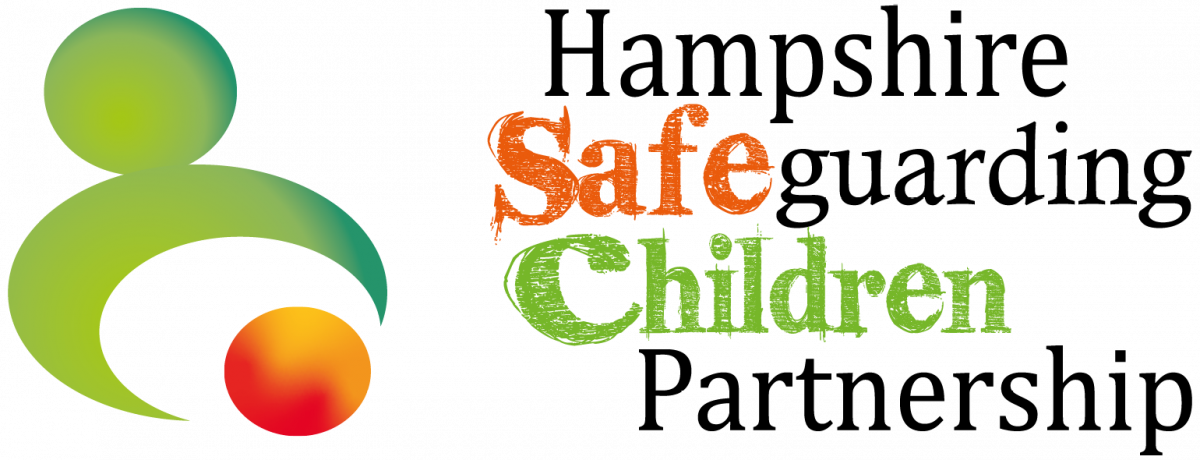Local Drug Networks
Recent and local research tells us that the impact of county lines, whilst dominant in the supply of Class A and B drugs, is changing as a model and it has become clear that local drug networks are now the dominant model for drug distribution around the county.
The change in model is complex but we often see high or increasing levels of anti-social behaviour like shoplifting and theft, as well as harm and threats in the community by local people. These behaviours can lead into drug dealing and so the exploitation and harm is wider than just what you are likely to see in a single county line.
There is often a more subtle level of grooming and abuse because peer exploitation can involve family members and a child’s own group of friends to which loyalties can be deeply embedded. This makes it much harder to break the cycle of abuse and grooming as they may well have known older exploiters for many years.
Young people trying to find their way through their teenage years may be involved because they want to fit in with their peer group. What we also know is that the community impact can be devastating, with examples of communities living in fear from threats and increasing local levels of violence and harm. People feel too afraid to report issues as they are seen as informing or ‘snitching’ and that comes with other risks, as there is a very real fear of either their family or friends being harmed. The business model of local peer drug networks is often normalised in communities, and children or older teens go on to develop their own drug distribution systems so keeping the cycle of abuse alive, with younger children and families being groomed and trafficked.
The answer to this involves a wide community response and reporting of crimes. Firstly, we need to be disrupting the mechanisms that allow class A and B drugs to come to our area. It is also key to educate children in making safer choices and the risks around being groomed.
We need better local youth facilities and safe places and spaces for children. Further, we need activity that targets and disrupts individual adults who exploit children and so good community reporting of crime and professional curiosity that supports a clear intelligence picture are vital.
Children are key to the success in this and it is important to listen to their voices and act on what they say. Remember, if you are concerned a child is at risk of harm please refer to the Children’s Services Department in your local authority area.
Community Partnership Information Sharing Form (CPI)
Hampshire and Isle of Wight Constabulary would like partner agencies to submit intelligence on CPI forms to ensure we build intelligence cases on perpetrators who are exploiting children, and to ensure that the police have accurate information to safeguard children when, for instance, they go missing. This can be done via the Safe4me website.
